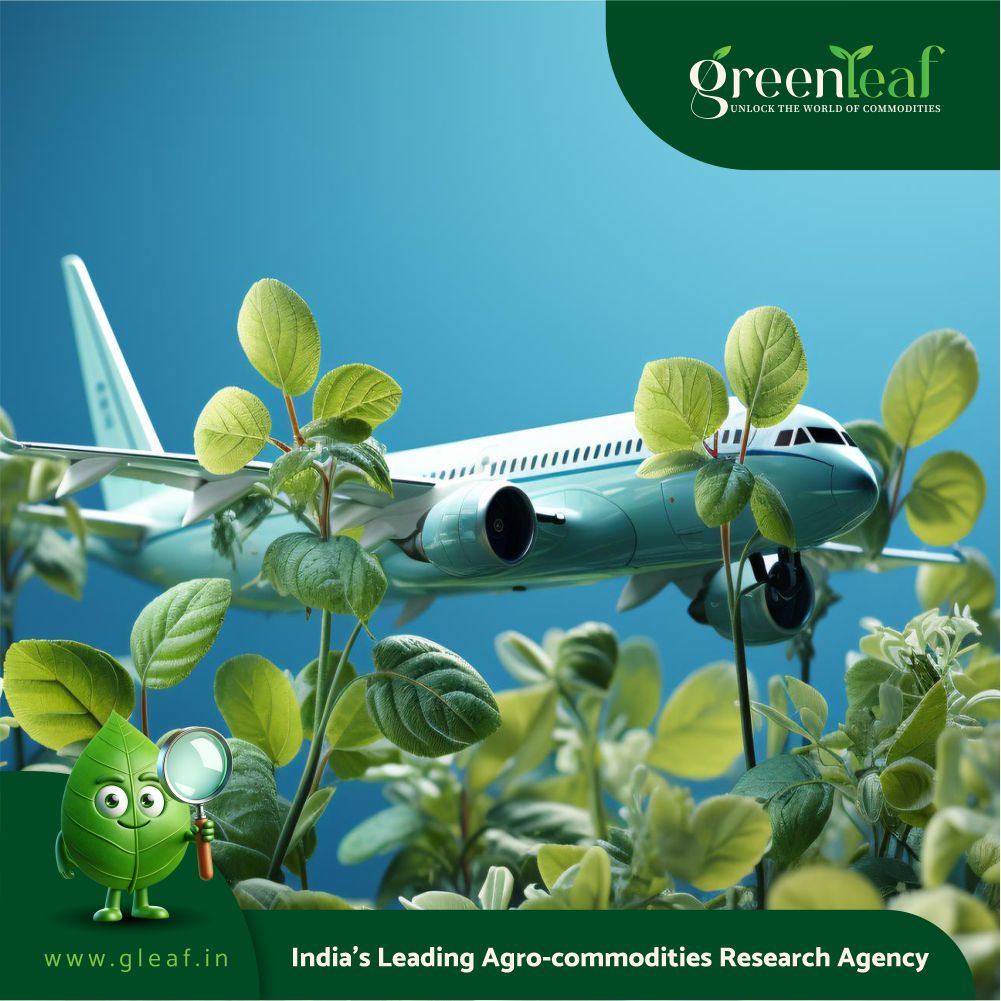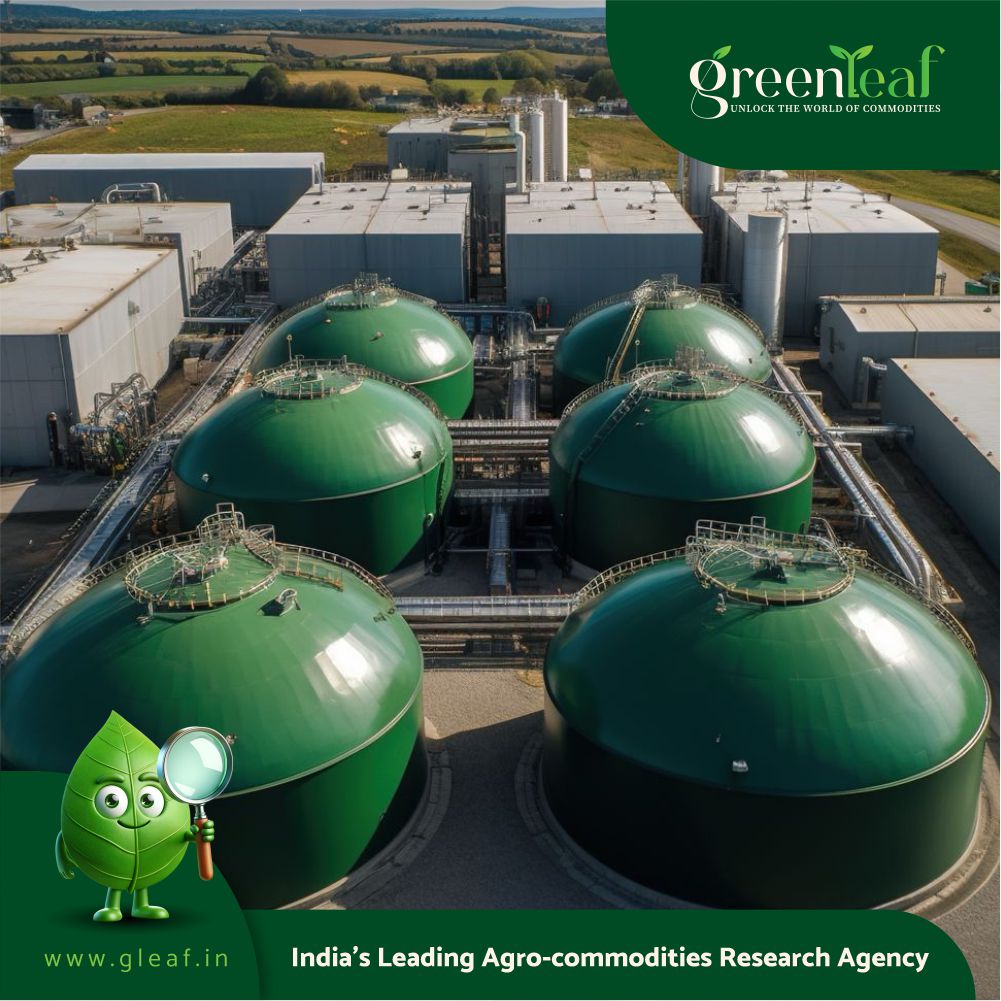Clean hydrogen projects are at high risk of never materialising as companies hold off on final investment decisions (FIDs) this decade — which could further hinder the development of market for sustainable fuels, according to analysis by global consultancy McKinsey.
Green hydrogen and captured CO2 can be used as feedstock for so-called “e-fuels”, potentially bypassing the problem of the ceiling on available biomass for sustainable fuels. Although these synthetic fuels are far more expensive than biofuels, they are also expected to be key for the decarbonisation of shipping and aviation, which cannot be easily electrified.
The EU has already passed legislation mandating that 1.2% of all aviation fuel used in the bloc must be derived from green hydrogen by 2030, as well as a similar target for 1% of shipping fuels by 2031.
McKinsey points out that even if fully synthetic fuels remain marginal, clean H2 will still be needed to process and upgrade biofuels without increasing their carbon intensity.
This could be important for the US to meet its own “Sustainable Aviation Fuel Grand Challenge”, which aims to reduce lifecycle emissions from production by at least 50% compared to conventional fossil fuels, while expanding supply to 100% of aviation fuel demand by 2050.
The first problem is that the US and Europe may have underestimated how much sustainable fuels production would have to expand in order to reduce emissions by next decade so as to be on track with net zero by mid-century.
Announcements for clean hydrogen projects in Europe and the US far exceed targets, but announced investment into sustainable fuels production lags far behind at less than 50% of the combined regional targets.
For example, the EU would require just another three million tonnes per year of its pipeline for domestic H2 projects to reach FID or otherwise commit to construction in order to be on track for its 2030 target of ten million tonnes a year of production within the bloc by the start of next decade.
Similarly, the US would need to expand its pipeline by another two million tonnes of annual production capacity to be on track for its own targeted ten-million-tonnes-a-year of supply by 2030.
But the pipeline for production of sustainable fuels — including hydrotreated vegetable oils (HVOs), hydro-processed esters and fatty acids (HEFAs), advanced middle distillates and methanol — would have to increase by 52 million tonnes a year for the US and 24 million tonnes a year for Europe, McKinsey warns, in order to meet the consultancy’s projected emissions reduction by 2030 for net zero by 2050.
The second problem is that while the pipeline for clean H2 may be much closer to meeting targets than for sustainable fuels, it is incredibly uncertain. McKinsey flags that only 15% of blue or green H2 projects in the US and 11% in the EU have reached FID, meaning that the remaining production capacity in the pipeline could be delayed or even cancelled outright.
Meanwhile, the US and Europe already produce millions of tonnes of biofuel, mainly HVOs and HEFAs, from operational projects.
However, the two markets’ respective pipelines of 33 million tonnes a year and 21 million tonnes a year of announced biofuels production capacity up to 2030 could face a bottleneck around availability of supply of clean hydrogen, since the latter’s investments are still up in the air.
















